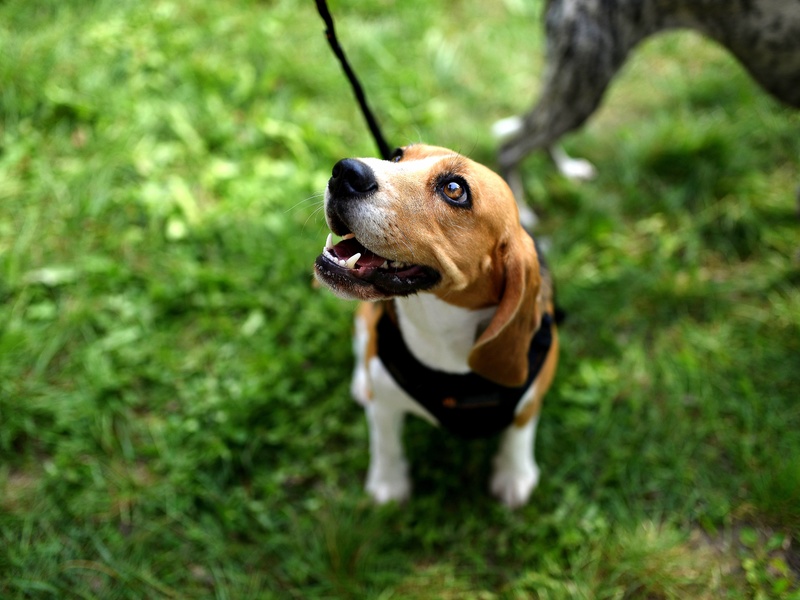Marking behaviour and clicker training dogs. What is it and why do we do it? by Anna Hope
Have you ever heard of clicker training?
If so then great, if not then not to worry you will know all about it by the end of this article.
What is marking a behaviour?
Simply put, it means that we give a signal to our dogs at the split second they have done something right, that we want, that we are trying to teach them.
The signal can be a sound such as the sound of a clicker or a marker word (more about that later) or a visual signal such as a thumbs up for dogs with hearing difficulties. We can even use a touch as a marker, a slight brush on a dog that is hard of hearing or visually impaired where a touch would be easier for them.
We are communicating clearly to our dogs when they have done the correct thing.
Why do we do it?
When training any animal, we need to relay a message to them. We unfortunately cannot speak telepathically so we need a clear way to let them know that they have done something right.
Dog training along with lots of other animal training uses marking so they can break big movements down in to small increments and make the learning process so much more fun and quicker for the learner.
If your dog is having a great time when you’re training, they are more likely going to want to do more! Just like when zoo keepers train elephants to raise their feet up for an inspection. Small, increments of learning with rewards.
What’s a clicker and do I need one?
A clicker is a small plastic device that you can hold or have attached to a loop around your wrist. It has a small button which, when pressed makes a click sound. You can get box style clickers that have a deeper and louder sound or you can get clickers with a varying volume. These are ideal for dogs that are a little sensitive to noises.
We teach our dogs that this sound is a GOOD thing, it always means good stuff is going to happen. We use the same clicker for anything that we wish to teach our dog. Whether it’s to do a sit, high 5 or walk nicely on a lead. With small incremental steps, rewarded along the way, your big aims are soon a reality.
Your dog begins to learn and listen for the sound of a clicker. This is how we pair up their learning and help them to understand what it is we would like them to do. If we wish to teach them that when we raise one arm in the air we would like them to do the same, we break it down with small steps and click at each level, (you can of course choose skills linked to real life, if you want) 😊
If you are not keen on having your clicker with you or you are forgetful, you can use a marker word instead.
What is a marker word and what can I use?
Benefits of using a marker word are of course, you have it with you always so no learning opportunity is missed. The principle is the same and the delivery is the same. When your dog has done the right thing, you mark it with your word and then give them their reward.
Ideally, we want something that your dog wouldn’t hear every day, so avoid their name or ‘good boy’, ‘good girl’. It needs to be short, sharp and only for marking.
Good examples are:
- ‘Good’.
- ‘Yes’.
- ‘Nice’.
- ‘Bingo’
And so on! Choose one you like and make sure everyone in the family knows it and uses it too.
How about an example of how to use it in training? 👉 Have a peek at How To Teach your Dog a Sit with marking.
So if you are going to use a marker, make sure you choose a word or clicker and stick with it. You will only need it for as long as it takes your dog to learn something. For example, if you are using it to teach your dog to sit then you only need to use a marker in your training until you are at the stage where your dog sits when you ask them to.
They know it so you don’t need your teaching tool any more.
Fancy knowing how to train your dog FASTER & BETTER?
With accuracy and without confusion?
Grab my easy 5 minute guide HERE

